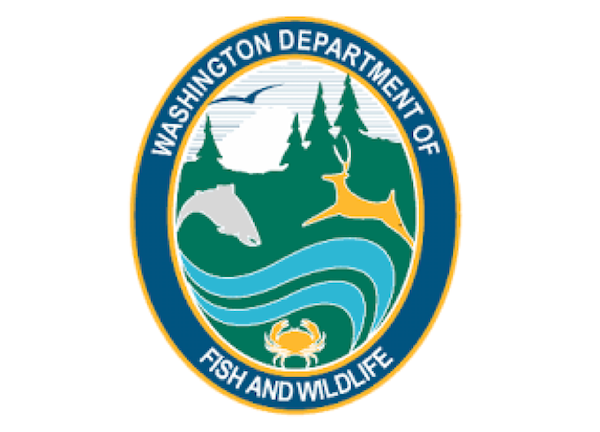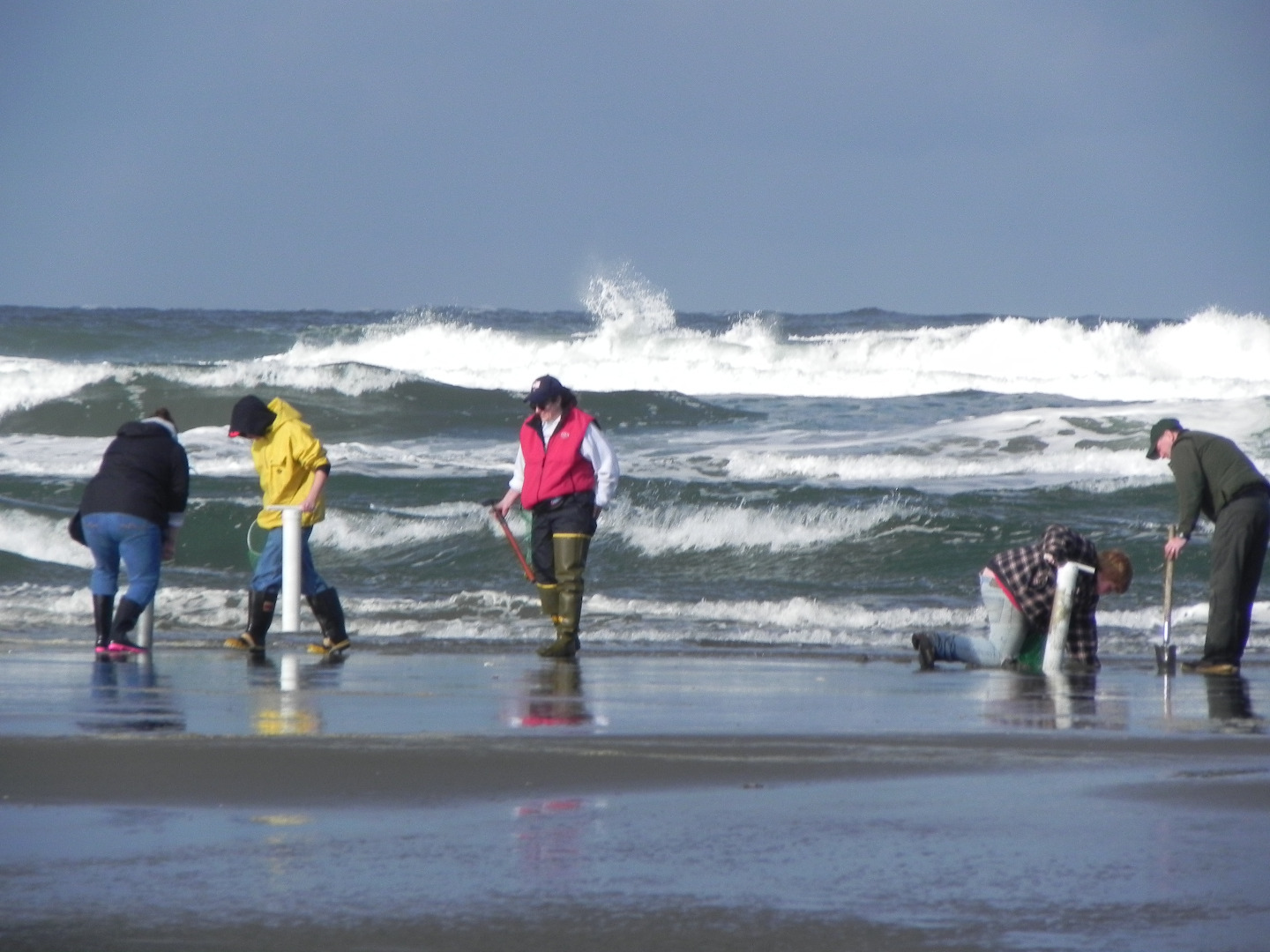Fish Report for 3-5-2022
Washington’s 2022 salmon forecasts released as season-setting process begins

by WA Department of Fish & Wildlife Staff
3-5-2022
Website
OLYMPIA – Washington fishery managers today unveiled salmon run forecasts for state waters in 2022, with many forecasts looking similar to last year’s predictions, and some slight improvements or declines by area.
Cooperatively developed by the Washington Department of Fish and Wildlife (WDFW) and tribal co-managers, these forecasts mark the launching point for the annual North of Falcon process to develop Washington’s salmon fishing seasons. The forecasts cover expected returns of Chinook, coho, sockeye, and chum salmon in Puget Sound, the Columbia River, and Washington’s coastal areas.
The process includes extensive public meetings and opportunities to provide input through early April as WDFW works with the tribes to develop tentative fishing seasons for the upcoming angling year. North of Falcon is just one part of a larger process that includes the state, tribal governments, federal regulators, other U.S. states, and Canada.
Though forecasts for many areas look similar or somewhat improved from 2021’s forecasts, many returns remain below their historical averages and some fisheries will likely continue to see constraints to ensure conservation goals are met for threatened or endangered salmon populations.
The Department continues to work to preserve and restore habitat, address barriers to fish migration, and manage predation, but responsible fishery management remains a key part of salmon conservation efforts, said WDFW Director Kelly Susewind.
“Fishing is a critical part of Washington’s culture and economy, and we want to make sure people have plenty of opportunity to get out on the water in 2022,” Susewind said. “When we set salmon seasons, we always have to start from a place that ensures this iconic resource will be available for future generations, and that means we sometimes have to make tough decisions in the present.”
The forecasts are based on the latest scientific modeling and a variety of data including environmental indicators such as ocean conditions, numbers of juvenile salmon that migrated to marine waters, and numbers of adult salmon that returned in past years.
The following are summaries of this year’s forecasts, which vary by area:
Columbia River: About 230,400 "upriver bright" fall Chinook are expected to return to areas of the Columbia River above Bonneville Dam, a slight decrease from the 239,900 that returned in 2021 and well below the 10-year average.
Coho forecasts prior to any river or ocean fisheries occurring, are slightly up from 2021’s return of 829,800 fish, with just under 1 million fish expected to return in 2022, and is more than double than the 10-year average.
“The return of hatchery coho to the Columbia River is expected to be the largest we have seen since 2014, but as always we will have to plan fisheries that meet ESA limits for listed coho, Chinook, sockeye and steelhead,” said Kyle Adicks, WDFW’s intergovernmental salmon manager.
Coho fishing could be impacted if catches of other stocks are higher than anticipated, potentially restricting fishing access in specific areas as happened on a section of the mainstem below Bonneville Dam in 2021.
Sockeye returns to the Columbia are forecast to be up to nearly 200,000, compared to last year’s return of 152,309 fish. However, several stocks are down and are expected to limit lower river fisheries. The endangered Snake River sockeye run is forecasting only 200 fish and Lake Wenatchee sockeye forecast is below the escapement goal.
Washington’s ocean waters:
Coho returns on the Washington coast, meanwhile, are expected to be up significantly over 2021’s forecast. An estimated 454,693 fish are expected to return to coastal areas, up more than 200,000 from last year’s forecast of 241,800 coho. The biggest increases are expected in Grays Harbor and Willapa Bay but returns to many coastal rivers are also expected to improve over 2021.
About 73,000 lower Columbia River “tule” Chinook are expected to return this year, very similar to last year’s forecast. These fish make up a sizeable portion of the recreational ocean fishery. The 2021 return came in slightly above forecast, but still below the 10-year average.
Puget Sound:
Coho returns to Puget Sound and surrounding rivers are forecast to be up overall in 2022 over the previous year, at 666,648 wild and hatchery coho. The forecast called for about 615,000 fish in 2021. Continued low returns to some areas -- including the Snohomish River, Hood Canal and the Strait of Juan de Fuca -- are expected to impact fisheries in the region. North Sound stocks look slightly more positive, including returns to the Nooksack and Skagit rivers.
Puget Sound Chinook are also expected to be up slightly in 2022, reversing a downward trend from recent years. An estimated 250,440 Chinook are expected to return to the Puget Sound region, about 19,000 more than last year’s prediction. Despite this improvement, Adicks said that low returns of some stocks, like those returning to the Stillaguamish River are likely to constrain fisheries.
WDFW and co-managers recently submitted a 10-year Puget Sound Harvest Management Plan, which, if approved, would provide long-term Endangered Species Act (ESA) coverage for Puget Sound fisheries. While federal regulators consider this plan, WDFW and the tribes expect to use the plan as a framework when developing this year’s salmon seasons in Puget Sound.
Public meetings and feedback opportunities
Information about the salmon season-setting process, including public meeting schedules and materials, are available on WDFW's website at https://wdfw.wa.gov/fishing/management/north-falcon.
All WDFW public meetings for the North of Falcon process are being conducted virtually in 2022. Members of the public can participate in these meetings by calling in or logging on from a computer or smartphone. There will also be opportunities to submit public comment at these meetings as well as an option for online comments at the North of Falcon webpage.
Upcoming meetings
Ocean fishing seasons: State, tribal, and federal fishery managers will meet with the Pacific Fishery Management Council (PFMC) March 8-14 to develop options for the year's commercial and recreational ocean Chinook and coho salmon fisheries. The PFMC establishes fishing seasons in ocean waters 3 to 200 miles off the Pacific coast.
Regional fishing seasons: The public is invited to join WDFW at online public meetings throughout March and into April to discuss coastal and regional fishery issues and preferences for Puget Sound and Columbia River. Meetings offer opportunities for public comment, which fisheries managers use to help inform non-tribal fishing seasons.
Final PFMC: The PFMC is expected to adopt final ocean fishing seasons and regional harvest levels for the western seaboard at a meeting spanning April 6-13. State and tribal co-managers will set a tentative 2022 salmon fisheries package for Washington's inside waters.
The Washington Department of Fish and Wildlife works to preserve, protect, and perpetuate fish, wildlife and ecosystems while providing sustainable fish, wildlife, and recreational and commercial opportunities.
More Reports
WA Department of Fish & Wildlife Reports
for Saturday, March 5th, 2022Klickitat River: Adult salmon daily limit reduced on the Klickitat River
Wind River: Adult salmon daily limit reduced in the Wind River
Drano Lake: Adult salmon daily limit reduced in Drano Lake
March 2022 Weekender Report

3-3-2022
Plenty of statewide fishing, shellfish gathering, festivals and other outdoor opportunities are blossoming this March The door to outdoor activities swings...... Read More

Website Hosting and Design provided by TECK.net